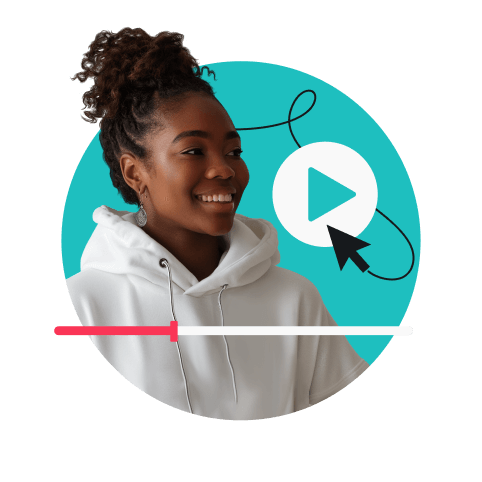Explore the fastest VPN on the market risk-free with Surfshark’s 30-day money-back guarantee. If you’re not fully satisfied, cancel within 30 days and request a full refund.
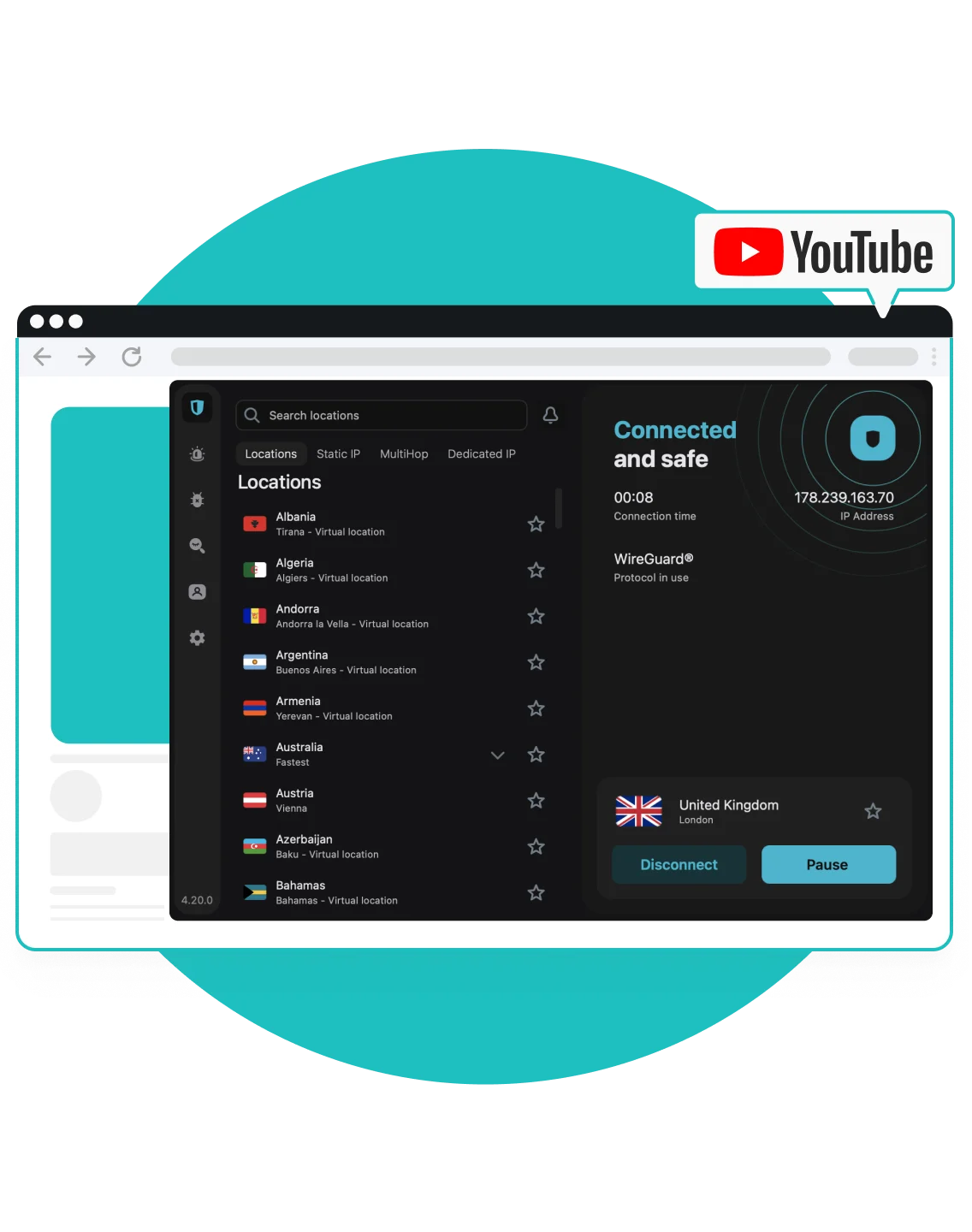
VPN for YouTube – watch privately and securely anywhere
-
Protect your privacy and browsing activity
-
Prevent activity-based ISP throttling for smoother streaming
-
Block ads and trackers with Clean Web
Improve your YouTube experience with a VPN
Enjoy greater streaming privacy
Surfshark blocks targeted ads you receive based on your YouTube watch history and keeps your music preferences and subscriptions private by encrypting your connection, hiding your IP, and blocking ISP (Internet Service Provider) monitoring.
Protect unlimited devices
With one Surfshark account, you get unlimited simultaneous connections — family members can watch YouTube TV in the living room while you enjoy YouTube Music on your phone, all protected at no extra cost.
Connect to the fastest server
Need buffer-free YouTube streaming? Just tap Quick connect, and Surfshark automatically links you to the best server for smooth playback. Customize this button to auto connect to your favorite location every time.
Personalize your security
Surfshark’s Bypasser lets you exclude specific apps from the VPN connection. This means you can keep YouTube protected while using your actual IP address for local services like banking apps — maintaining privacy for your entertainment while accessing other services normally.
Block ads, pop-ups, and trackers
While YouTube Premium removes in-video ads, Surfshark’s Clean Web feature blocks trackers and malicious sites across your entire browsing experience. You can toggle Clean Web in-app or through the Surfshark VPN extension, available in your browser’s web store.
Connect to a vast server network
Surfshark has 4,500+ servers in 100 countries, making it easy to maintain secure access to your YouTube content when traveling. With thousands of options available, you’ll avoid congestion during peak streaming hours, ensuring your YouTube TV live events play without interruption.
Use YouTube with Surfshark in 3 easy steps
1. Get Surfshark and install the app
Sign up for a Surfshark subscription on the website, then download and install the app on your device.
2. Choose a server and connect
Open your Surfshark VPN app and select the city you want to connect to.
3. Watch YouTube privately and securely
Go to YouTube and voila! You can now watch YouTube without worrying about targeted ads and trackers.
What is YouTube?
YouTube, founded in 2005 and owned by Google, is the world’s leading video-sharing platform. Users can watch, share, and upload content such as vlogs, music, gameplay, and live streams.
It consistently ranks among the most-visited websites globally, typically second only to Google Search.
YouTube Premium removes ads across all videos, lets you download content for offline viewing, and keeps videos playing in the background while you use other apps — with access to YouTube Music and YouTube Originals included.
A VPN blocks your internet provider from monitoring what you watch and selling that data to advertisers. Access your home streaming library securely when traveling — even on hotel Wi-Fi. Keep your viewing habits and location private on any network.
YouTube Music combines official albums, live performances, remixes, and covers you won’t find anywhere else — all in one app.
A VPN encrypts your music streaming data, blocking your ISP from tracking what you listen to or throttling your connection during peak hours. Access your personalized playlists and recommendations securely on any network — from coffee shop Wi-Fi to airport lounges. Keep your musical preferences private while maintaining full sound quality, wherever you listen.
YouTube TV brings 100+ live channels to all your devices — from breaking news and sports to your favorite shows.
A VPN encrypts your streaming traffic, blocking ISP data collection and preventing bandwidth throttling during prime time. Securely watch your cloud DVR recordings and access your home viewing preferences from any location. Protect your household’s streaming data while keeping your entertainment consistent, at home or away.
See why millions trust Surfshark
Check out what users and tech experts around the world have to say about Surfshark.
All the VPNs you mentioned are good. But Surfshark is the one I recommend in person for the best overall.
1:08 PM · Jul 28, 2024
I’ve had SurfShark for years. It’s amazing.
12:28 AM · Aug 14, 2024
Trialling out @surfshark’s IP rotation. It is doing it pretty well. Seamless in the background.
3:20 PM · Oct 26, 2024
I have been using Surfshark since I got it and I love it!

When I am traveling, I use Surfshark to access the internet quickly and securely, works like a treat in China.

We love Surfshark because it is an easy-to-use app that you can download on all your devices.

“This is my first year and I absolutely love it. The fact I can have a good antivirus, great VPN, and incognito for like $120 a year is great.”
“I’ve been using Surfshark for 4 years on Android and ChromeOS with zero issues, it’s an absolute bargain”
“I’ve had it for 3 years and just renewed it for the next 2 years. I never have any issues with it and get my full internet speed..”

FT 1000: Europe’s Fastest Growing Companies 2024

Tech Advisor Editors’ Choice 2024
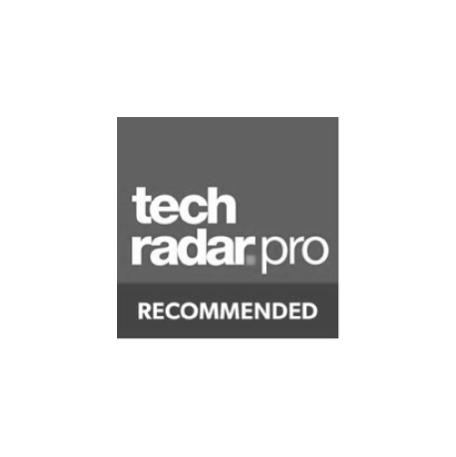
TechRadar Recommended 2024
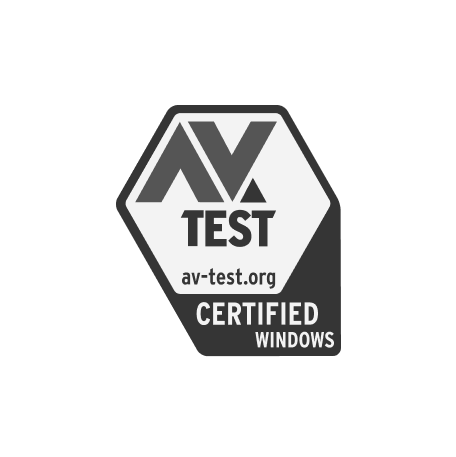
Surfshark Antivirus AV-TEST Top Product 2024
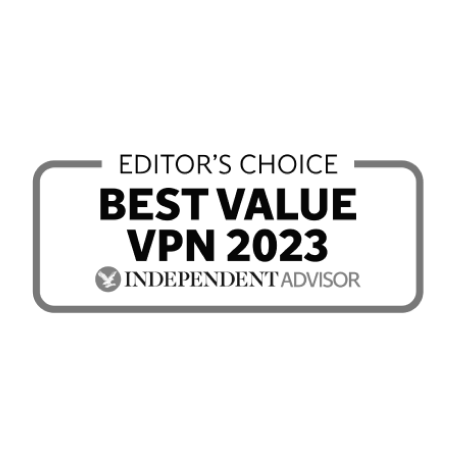
Independent’s Editor’s Choice Best Value VPN 2023
Surfshark supports the open internet
We partner with digital rights organizations to promote online freedom and keep the internet safe and accessible to all.





Should I use a free VPN for YouTube?
Free VPNs often compromise on privacy and performance. Surfshark VPN offers a more secure and reliable browsing experience you can trust.
|
|
Free VPNs
|
Surfshark VPN
|
|
Data collection risk
|
High: free options often track your activity and share data with third parties
|
Low: Surfshark’s strict no-logs policy is independently verified
|
|
Speed and bandwidth
|
Restricted: speed throttling and bandwidth limits are common
|
Unlimited: no bandwidth or speed caps are in place
|
|
Ads and trackers
|
Common: free tools may inject ads or allow trackers
|
Blocked: Clean Web offers built-in ad and tracker blocking
|
|
Customer support
|
Limited: often no live help and slow response times
|
24/7: live chat and email support are available
|
|
VPN servers and locations
|
Few: frequently have overloaded servers that slow your connection
|
Thousands: lets you connect to 4,500+ high-speed servers in 100 countries
|
|
Encryption
|
Unreliable: may lack strong encryption standards
|
Strong: robust encryption for increased data and privacy protection
|
But that’s not all! You can also protect your whole home network at once by setting up a VPN on your router to simultaneously secure every device connected to your network. That includes smart TVs, Nintendo Switch, Xbox, PlayStation, Oculus Quest, Apple Vision Pro, and even Raspberry Pi.

